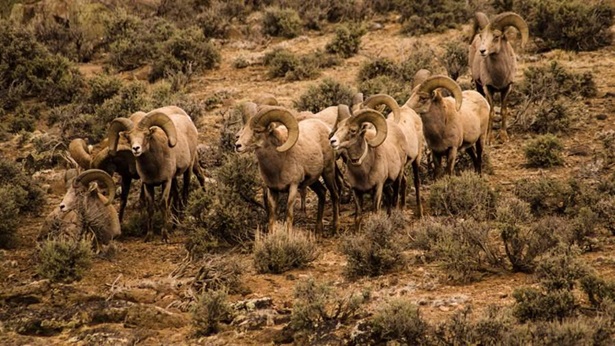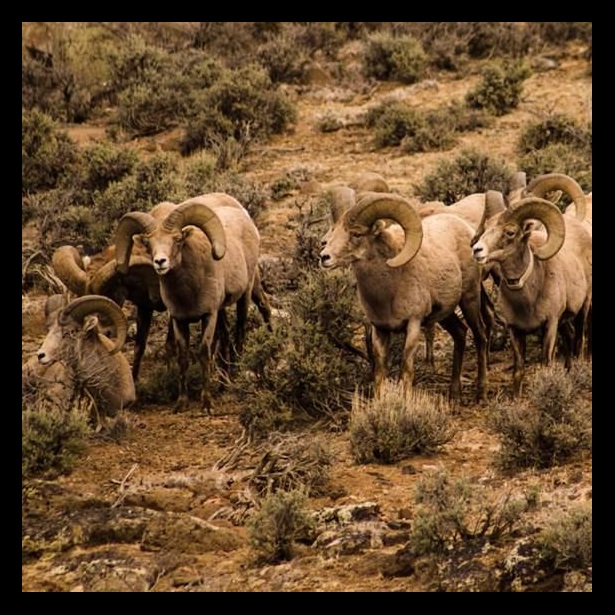New Mexico Wilderness Bills Promise to Safeguard Special Lands
Local communities strongly back ‘gold standard’ of protection within 2 national monuments
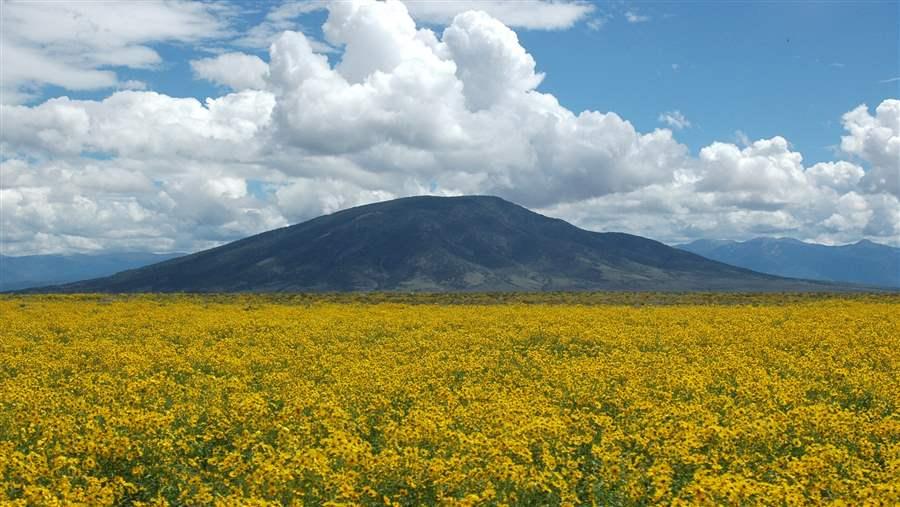
At 10,093 feet, Ute Mountain is the highest point found on lands managed by the Bureau of Land Management in New Mexico.
© Bureau of Land Management
Editor's Note: This post was updated on Feb. 22 with the correct name of the legislation, The Cerro del Yuta and Rio San Antonio Wilderness Act.
Roughly 261,500 acres of rugged desert, wending canyons, wildflower fields, and toothy peaks in northern and southern New Mexico would gain the country’s highest level of public lands protection under two bills reintroduced Feb. 16 by Senators Tom Udall and Martin Heinrich, New Mexico Democrats. Together, the two pieces of legislation would designate as wilderness lands that are now part of the Rio Grande del Norte and Organ Mountains-Desert Peaks national monuments.
A long history of support for conservation
The bills have been decades in the making and were originally drafted and introduced before the national monument designations, with strong community support and input. The Cerro del Yuta and Rio San Antonio Wilderness Act would create the Cerro del Yuta and Rio San Antonio wilderness areas, totaling roughly 21,500 acres within the Rio Grande del Norte National Monument. Efforts to protect wilderness in the Rio Grande del Norte area began in earnest in 2007 when then-Senator Jeff Bingaman started working with the community on legislation.
The Organ Mountains-Desert Peaks Conservation Act would protect as wilderness more than 240,000 acres within the eponymous national monument. Efforts to preserve parts of this region, located in Dona Ana County, with the gold standard of American land protection date to the 1980s, when President Ronald Reagan's administration first set them aside as wilderness study areas.
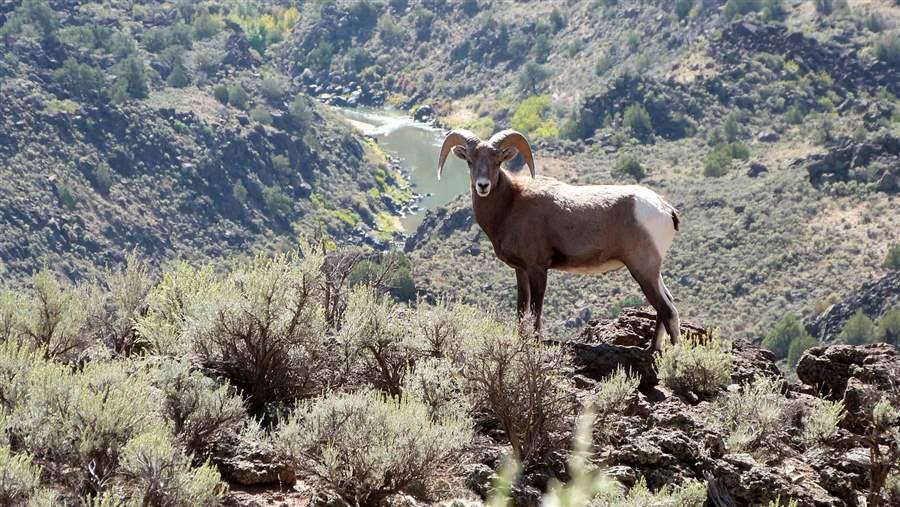
Bighorn sheep live throughout the Rio Grande del Norte National Monument.
© Bureau of Land Management New Mexico
By granting an area wilderness status, the government commits to safeguarding the land in its natural state—which includes protecting any pre-existing cultural sites—and as a place where visitors can have a true backcountry experience.
Both areas are wildlife havens: Cerro del Yuta and Rio San Antonio are home to bears, deer, elk, antelopes, and bighorn sheep, and are situated along one of the world’s great avian migratory routes, providing an important stopover for eagles, hawks, and falcons. The clean water within the national monument not only sustains those resident and transient animals but also provides drinking water to downstream communities.
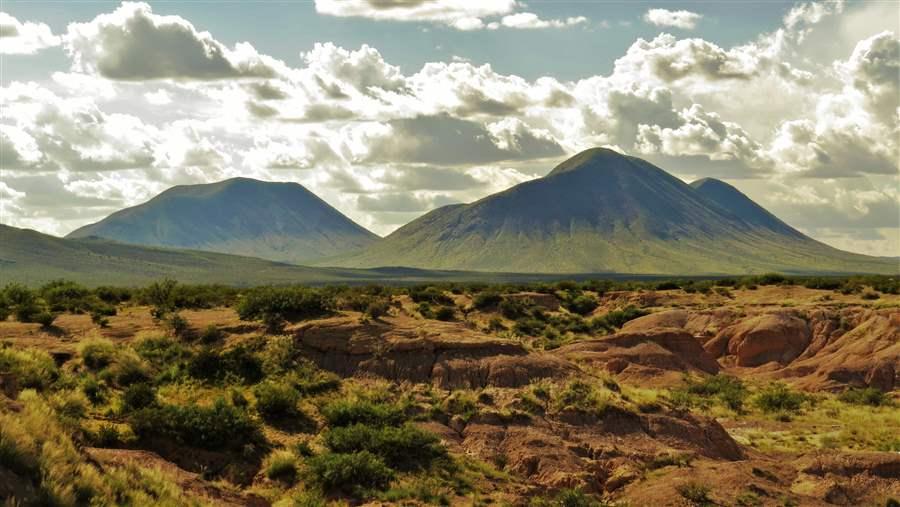
The Mount Riley Wilderness Study Area is part of the broader Potrillo Mountains Wilderness complex within the Organ Mountains-Desert Peaks National Monument.
© David Soules
The Organ Mountains-Desert Peaks area is prime habitat for gray foxes, pronghorns, mule deer, quails, jack rabbits, golden eagles, and other animals that thrive amid ancient lava flows, Chihuahuan Desert grasslands, and numerous mountain ranges and peaks—referred to as sky islands. The monument also has a rich and diverse human history, and harbors prehistoric and Native American artifacts and countless archaeological sites.
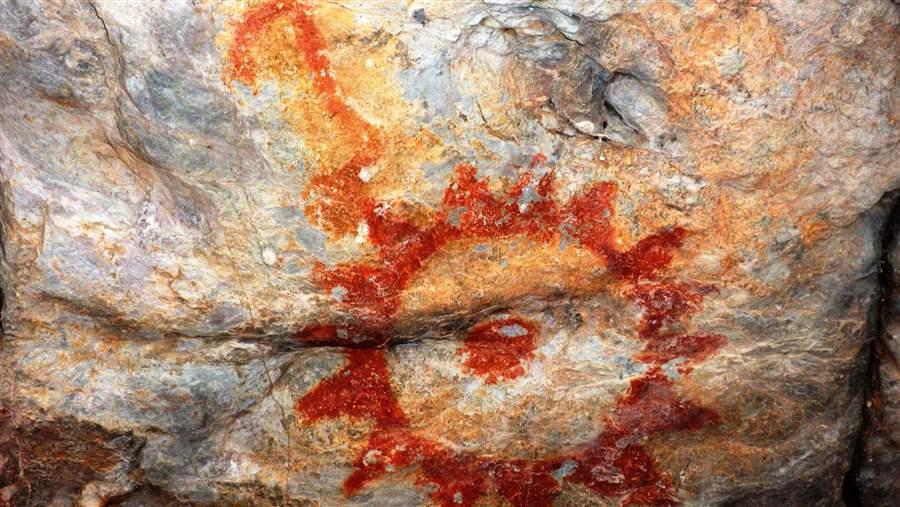
The Organ Mountains-Desert Peaks area spans thousands of years of human history and civilization.
© David Soules
Protected lands carry real economic benefits
Backcountry recreation opportunities in all of the areas proposed as wilderness abound: hiking, hunting, horseback riding, birding, camping, and more. The legions of yearly visitors also spend their dollars in nearby gateway communities. In fact, a recent ECONorthwest study found that quiet recreation on Bureau of Land Management lands generated $173 million in 2014 and supported 1,712 jobs across the state.
I encourage Congress to pass these bills to give future generations the chance to experience the splendor, majesty, and undisturbed nature experience that only wilderness designation can assure.
Mike Matz directs Pew’s U.S. public lands program, focusing on wilderness and national monument projects.


America’s Overdose Crisis
Sign up for our five-email course explaining the overdose crisis in America, the state of treatment access, and ways to improve care
Sign up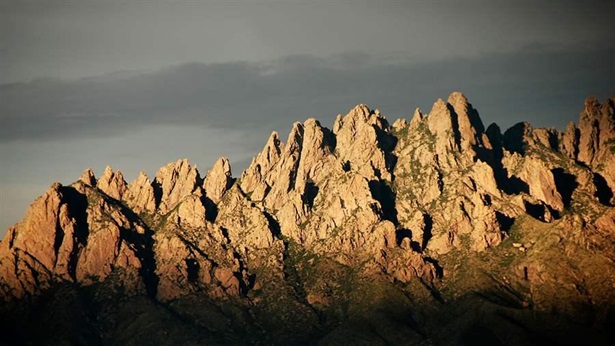
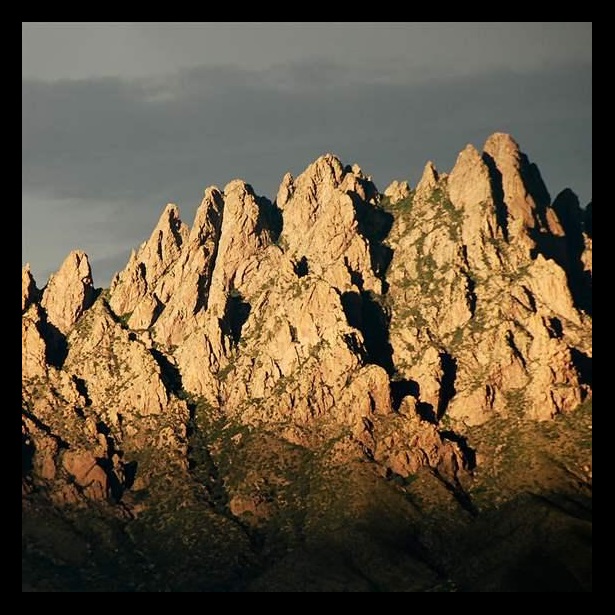
Victory! Organ Mountains-Desert Peaks in New Mexico Designated a National Monument
